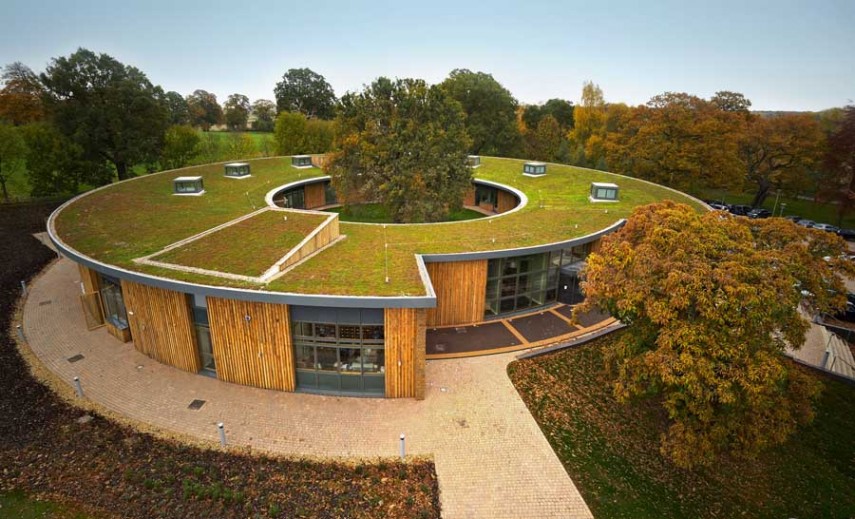Green Roofs And White Roofs: The Way Forward

With increased global warming, roofing has assumed significance, especially in cities. As dark roofs absorb more sunlight, heat up the building more and excess use of air-conditioning causes heat-related health issues and even deaths, the concept of green roofs and white roofs has been introduced to cool buildings and save the environment as well as public health. The concept of green and white roofs has become popular in India in past few years with many developers using these concepts to make their projects environment-friendly.
MakaanIQ explains the green and white roofs and how they are beneficial for the environment.
Green Roof
In the case of the green roof, or the living roof, the rooftop of a building is partially or completely covered with vegetation which is planted on a waterproof membrane. At times, such roofs require additional layers of root barrier, an underground wall which helps structures and plants to exist and live together; drainage and irrigation systems. Some green roofs also use some form of green roof technology such as solar thermal collectors or photovoltaic panels.
Some of the benefits of green roof are:
- A study by Brad Bass, from the University of Toronto, showed that green roof reduces heat-loss and is helpful in energy consumption.
- Extensive planting in the cities cumulatively will help improve air quality and clear air pollutants.
- These systems are helpful in providing better thermal performance and roof insulation. However, this depends on the time of the year and the amount of water held within the system.
- Green roofs could also moderate the water temperature and act as natural filters for it.
White Roofs
The white roof does not mean painting the roof with a simple white paint, but are painted with a reflective white coating that reflects the sunlight up to 90 per cent. Partly, the benefits of the white roofs are calculated according to the solar reflectance index (SRI). The SRI measures reflectance, reflecting the sun rays and thermal emittance, the roof's ability to radiate the absorbed heat. The reflectance of a white roof is as high as 90 per cent with emittance as higher as 100 per cent. White roofs are used to decrease the effect of increased summer temperature, known as the Urban Heat Island effect. The Urban Heat Island effect includes increased energy use in summers stress on power grid, pollution and health hazards.
Some benefits of white roofs are:
- The white roofs help reduce electricity consumption in summer as they save energy usage and prevent pollution by keeping the environment cool.
- It helps alleviate heat trapping and if it is implemented largely, it could help lower air temperature; hence, reduce smog.
- It helps cool rain water which is warm during the summer.
